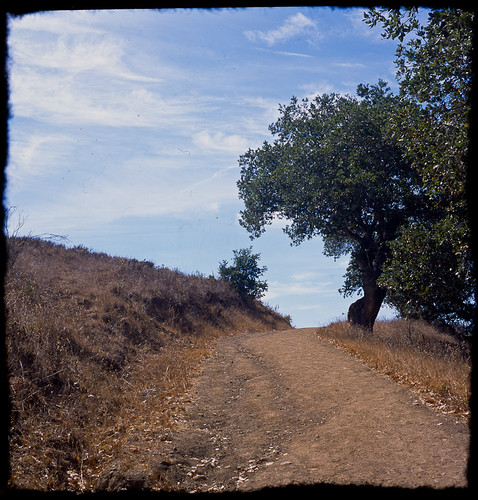Management 713: Introduction to Sustainable Development
At a glance
- 1 unit course first offered Fall 2009
- Workload: Heavy final paper
- Teaching Style: Discussion
- Interest in students: High
- Relevance to outside world: High
Overall Professor Rating: 2 (though this might be because this was the first time the course was offered)
Overall Course Rating: 3 (should be higher, but it needed more organization
Note: Like many 1-unit courses, Professor White proposed this course as a full, 3-unit class to the department. Apparently, they decided that it was best to do this on a trial basis as a 1-unit course and to see how it went. However, as I have learned this quarter, this can lead to inconsistencies. In this case, while I think the workload was a bit up and down, it was more that I didn’t really know what was going on, what was expected of me, etc, from class to class. We only met 3 times, but I think I got far more confused than I should have been in 10 or so hours of class time.
About Me
I haven’t done one of these reviews in a while. The truth is that 1) I have gotten worn down a bit by the program so I have been less motivated to write about my courses and 2) I have a bit of senioritis. In fact, I just came home from an 8 hour marathon session with my Capstone team, to work on our first case. But the truth is that I do care about providing useful information to my fellow classmates and those that might take these classes down the road. So I’ll spend a bit of time now writing…
I started the program almost 3 years ago – March of 2007. I am now in Capstone, which is, as you can imagine from the title, the final course in the program. During the past years, I have had trouble finding good, expansive reviews of faculty and/or courses. So I started writing these. There are lots of sites out there that provide feedback and rates – ratemyprofessor is the most notable. The SantaClaraMBA Yahoo group also has a big database of comments and lots of additional information in its message archive. That database can be a bit hard to wade through, and the comments are short and often just link to other threads, which are themselves pretty short and superficial. Only here can I write as much as I want 🙂
I review professors from a variety of perspectives. First, I explain the context(s) under which I took the class. Time of year, time of day, etc. Then I talk about the quality of the class and the professor, and finally about the professor as a person. After all, we are trying to learn about our interactions with people, so knowing that side of a teacher is critical, too. So these would be interactions outside the classroom, etc. I also just write whatever it is that I think is relevant or will be helpful to others. That is my overall goal.
The facts
I took MGMT 713 in Fall Quarter, 2009. The course, “Introduction to Sustainable Development,” started off, I believe, as an undergraduate class that was proposed to the MBA program. Professor White has been with the school, apparently, for some time now – she is not a new hire.
This is a 1-unit course that the school was evaluating for possibility of conversion to a full 3 unit one. It is offered again this quarter, Winter 2010, as 1 unit.
To be clear, this course is about environmental sustainability in business management. I was worried that it would be about how to keep a company going (sustainable…), but was glad when my fears were allayed. Now, it did take about 3 very confusing e-mails to figure that out, but at least I got the facts straight in the end.
Them’s the facts (slim as they are). Now read on for the review. (more…)



